As companies struggle to attract and retain talent and revisit their employer branding, recent research suggests it might be worth taking the role of SDGs into account.
The last few years have taught companies and individuals alike many things about worklife and that which we value most. And in this context, it turned out that the way talent and human resources were being managed inside organizations desperately needed to be revisited.
In this process, all kinds of elements started to come out; from more flexible schedules to online working, limited meeting times, salaries, and of course, sustainability.
What’s clear is that good employer branding is crucial for companies for attracting the best talent, but what are people really looking for in their employers today? And why should SDGs become a central point to HR talent strategies?

The evolution of employer branding
Employer branding refers to the practice of managing a company’s image in an effort to attract the best talent in the market, which in turn helps improve the organization’s reputation, productivity and profitability.
Through different employer branding actions and strategies, companies build their own brand as one that not only has good employers, but also one that can eventually offer a good employee experience for those who choose to work there.
In fact, a somewhat recent turn of events has made employer branding a highly important competitive advantage for companies, and a primary concern for most people looking for a job today.

This turn of event has come to be known as the Great Resignation. A phenomenon that shook talent and human resource management globally and quite strongly as thousands of people decided to quit their jobs and many more thought about quitting their jobs more often than not.
And as priorities have shifted and new demands enter the workplace, companies need to keep up and revisit their employer branding to cater a new wave of requests from the talent market and their own employees. Let’s not forget retaining talent is just as important as attracting it, as it will later become proof of the company’s true reputation.
A change in priorities
As employees and people looking for jobs change their priorities in life and in their careers, there are two main possible outcomes to the problem: Either companies actively work on finding solutions and move towards a more inclusive and open employee experience, or employees will most probably opt for quiet quitting before they eventually choose to leave their positions.
A recent study carried out on talent management in Spain and Portugal is a great example to understand what companies should be looking for to implement in their workplaces and communicate effectively through their employer branding strategies.
From attraction to engagement and career development, this research focuses on some of the main aspects employees value most and which employers should be aiming for.
Some examples include the very process of recruiting, diversity management, young talent programs, employee engagement and commitment, flexibility, non financial employee benefits, career development, education, leadership etc.

How SDGs can help improve employer branding
First thing’s first: nothing you do will matter if it is not backed with actions. This is, it is what you do that will eventually shape employer branding for better or for worse. But we believe SDGs could be an answer to current poor employer branding practices and unappealing employee experiences.
As the study mentioned above suggests, Sustainable Development Goals have become central for talent management, precisely because of the wide range of topics they tackle and how they are most definitely aligned with what people value most today from their employers.

Some of the most important aspects of employer branding directly coincide with a company’s efforts to work towards specific SDGs.
- Let’s take for example gender equality (SDG 5) and the policies companies put into place to achieve the latter, as well as to create a safe work environment for all.
- Or, in a similar vane, reducing inequalities (SDG 10) through diversity policies and management inside the workplace to make it more rich, innovative and welcoming.
- We can also talk about health and wellbeing (SDG 3) and how employee benefits can go beyond economic terms and actually tackle the physical and emotional health of employees, which is just as important as their finances.
- Decent work and economic growth (SDG 8) is also key, as companies play a very big and relevant role by offering just and decent salaries, while also promoting young people talent, for example.
- And of course taking climate action (SDG 13) by building a strong environmental and social sustainability strategy.
Many more example come to mind as we go through the 17 Goals, but the bottomline is that taking SDGs as a central part of talent management, as well as of the business strategy in itself, can help foster a culture of sustainability, responsibility and wellbeing that will eventually translate into the company’s reputation and its employer branding.
Sustainable Development Goals have become a guide for our planetary and social wellbeing, and so this is the perfect example to understand how they can in fact affect many aspects of business, including talent management.

How to make SDGs part of the employee experience
Sustainability is a must for most workers today, and will continue to be so as younger employees begin to enter the job market. But far from being indifferent from participation in sustainable efforts, people look for the opportunity to be actively engaged and find purpose in having a positive impact through their jobs.
In DoGood we believe that working collectively can help us find that which alone may seem unattainable or useless. That is why we think the workplace is the perfect environment to find that collective eagerness to make a difference, both for the sustainability and purpose of the company and a more sustainable way of being for all.
Through our technology we are able to activate and track employees’ impact, creating engagement that translates into improved ESG metrics, reputational value and an overall positive impact for the environment and society.







